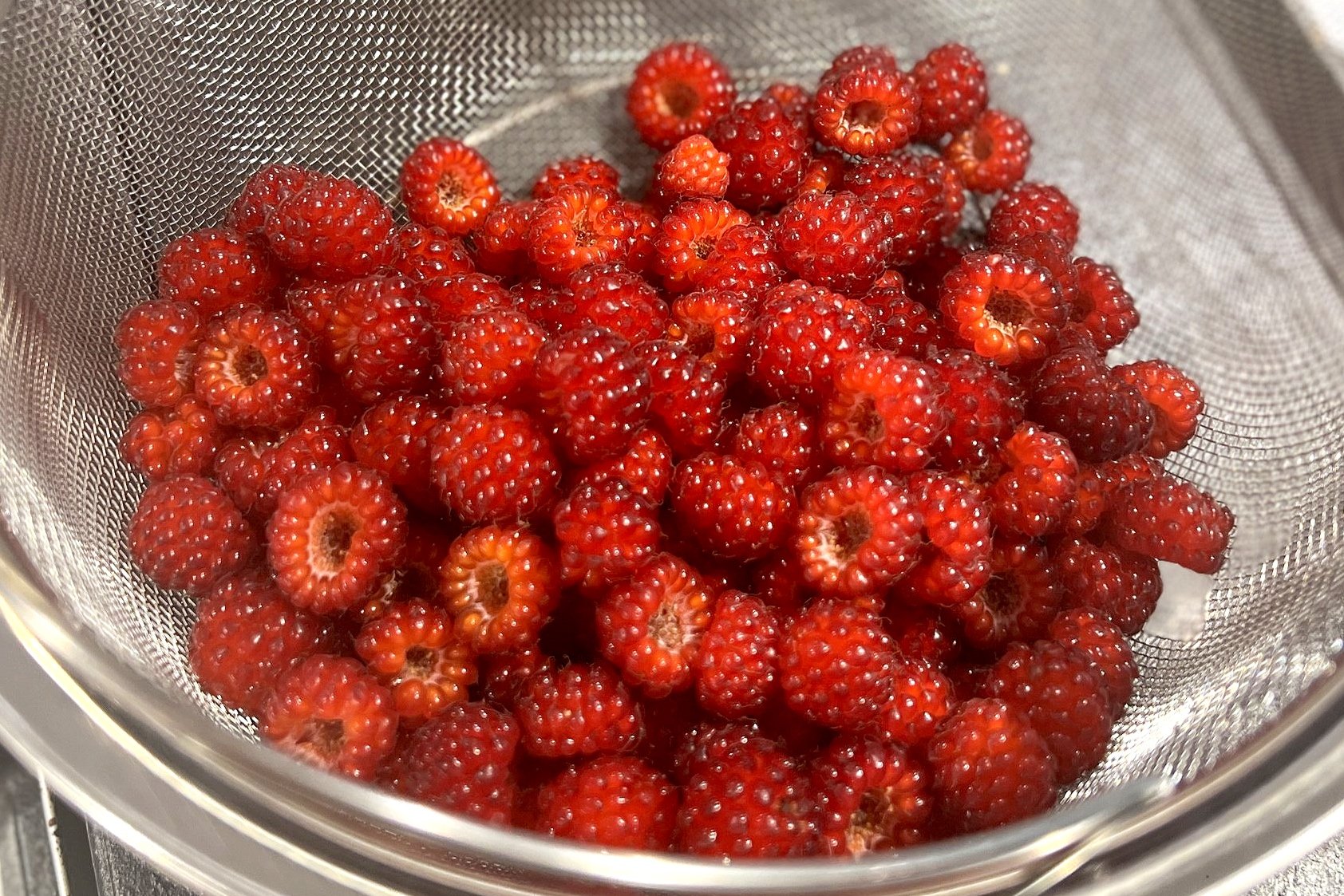4 Great Reasons to Grow Raspberries in Your Garden
I haven’t met anyone yet who doesn’t like raspberries! They can be eaten fresh off the vine, made into a dessert like sorbet or a tart, mixed into teas, baked into muffins or canned as jam. Plus raspberries come in a variety of colors including yellow, purple and black. But the pretty red ones are the most common.
Do you know what gives raspberries their awesome bright red color? It’s the natural pigments called anthocyanins that turn raspberries red when they’re ripe. And that’s the first great reason to include them in your culinary nutrition garden!
1. Red Raspberries Contain Anthocyanins
Anthocyanins are a class of flavonoid pigments that also double as antioxidants. Not only that, anthocyanins have been shown to be effective in reducing inflammatory markers that result in chronic systemic inflammation. Research shows increasing evidence that consuming red raspberries may be a huge health benefit since their antioxidant and anti-inflammatory properties have the potential to reduce the risk for a variety of chronic diseases. Including just a cup of red raspberries into a well-balanced diet could have a positive effect on your long-term health.
2. Red Raspberries Are High in Fiber
Eating a diet consisting of lots of fruits and vegetables has been shown to reduce the risks of many age and lifestyle related diseases. Red raspberries are one of the highest sources of dietary fiber - containing way more than other commonly consumed fruits. While growing region, harvesting time and farming practices may impact the fiber content of red raspberries, one known fact is that the fiber content drops drastically when the red raspberry seeds are removed. So pick these berries and eat them straight off the vine for the most dietary fiber benefit. Even if the seeds do get stuck in your teeth!
3. Red Raspberries Have Lots of Vitamin C
Red raspberries are a really good source of Vitamin C. Vitamin C is an antioxidant that helps protect cells and block damage from free radicals. By the way - it’s those free radicals (made when your body breaks down food, or is exposed to tobacco smoke or radiation) that have a huge impact on aging. Vitamin C is a key dietary nutrient and Americans seem to consume less than the recommended dose. We need Vitamin C to boost our immune system, promote healthy collagen growth, form blood vessels, muscles and cartilage, and to help wound healing. Our bodies don’t produce Vitamin C so the only way we can get it is through our diet. And that’s where red raspberries come in! Use them to increase the amount of Vitamin C in your diet.
4. Red Raspberries Support Your Brain
Red raspberries can offset the effects of oxidative stress. Oxidative stress is an imbalance between those free radicals that can damage your cells and your body’s ability to fight the damage they cause. Oxidative stress (along with chronic inflammation) is known to be a factor in certain dementia diseases like Alzheimer’s and Parkinson’s. Plus the flavonoids found in red raspberries can help improve your memory, your executive functioning skills and your mood. Now who wouldn’t want that!
If you liked learning about the health benefits of red raspberries and why you should include them in your culinary nutrition garden, download my FREE PDF Guide to 24 Inflammation Fighting Foods You Can Grow Yourself.
In this Guide, you’ll find out about the anti-inflammatory health benefits of 24 different fruits, veggies and herbs that you can easily grow in your own culinary nutrition garden. It’s amazing what a little garden can do!






